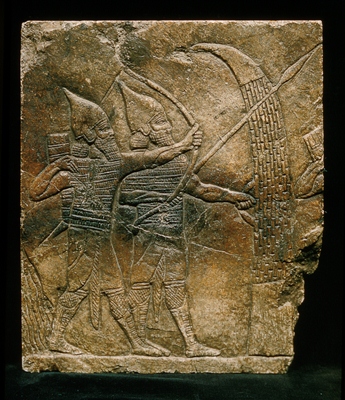SAM Art: An uncommon history
While we often have a general understanding, rarely does a museum know specifically where works of art were originally used or seen. We do not know what home most Egyptian vases or Peruvian textiles graced; we do not know what parlor or library was home to German prints or American drawings; so many works in the SAM collection have an equal air of mystery.
A rare exception to this rule, we know the entire history of one Assyrian relief in the SAM collection. This fragment adorned a wall in the Palace of Assurbanipal II at Nineveh starting in the 7th century BC, from where it was excavated by a British team in August, 1854. After being given as a gift to a friend of the archaeologist’s, it remained in that man’s family until just before the museum acquired the work in 1946. The fragment, with its unique history, is now featured in the exhibition Breath of Heaven, Breath of Earth, at the Hallie Ford Museum of Art (Willamette University, Salem, Oregon), opening this Saturday.
